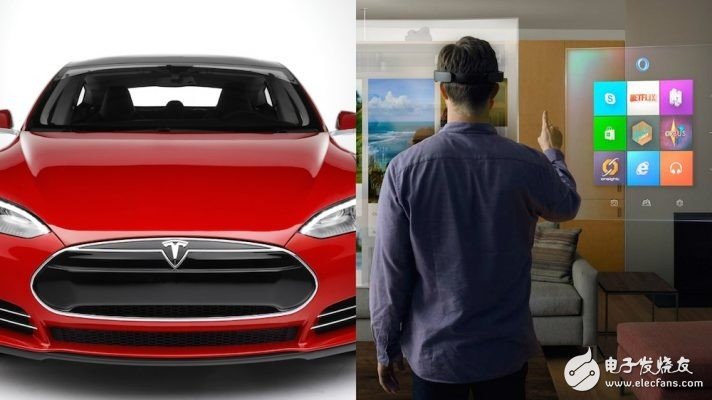Tesla has just dug a top designer, Andrew Kim, from Microsoft. Kim was an industrial designer at HoloLens. After joining Tesla, he will be the lead designer. Kim confirmed the news on his LinkedIn.
Kim graduated from the Art Center College of Design and worked at Microsoft for three and a half years. His recent work focuses on Microsoft's AR helmet HoloLens, but has also been deeply involved in the design of the Xbox One S.
Initially Kim received Microsoft's attention because he did a series of new brand concept designs for the latter, even though he had nothing to do with Microsoft at the time.

It is still unclear what new things Kim will bring to Tesla Motors. But if you want to guess, the combination of automotive HUD and AR technology may be one of them.
The application of AR in the car is not new, mainly in the form of HUD, but most of them are only the superposition of information, and there is no tracking and environmental recognition. Microsoft's HoloLens is a pioneer in the AR field. It uses a depth camera to bring space positioning and environmental recognition to the helmet, thus integrating 3D images with the environment. On the other hand, Tesla represents the future of the automotive industry, and applying more future technologies to the car is one of the company's goals.
Lithium-boron Alloy is a composite material composed of a brittle Li7B6 matrix phase with a porous structure and a ductile Li filling phase. The density is 0.88±0.04g/cm3. The appearance is silver-white metal. It is extremely unstable. It is easily deteriorated when exposed to air and reacts with water. severe. Lithium-boron alloy is mainly used as anode material for lithium-based thermal batteries. It has outstanding advantages such as high specific energy, high specific power and low polarization, electrochemical potential similar to that of pure lithium, and solid state above 600℃. It is a new type of lithium-based thermal battery. The excellent negative electrode material. Compared with the currently widely used lithium-silicon alloy, the unit cell assembled with the lithium-boron alloy as the negative electrode material has better performance in both the highest voltage and the discharge working time.
Shandong Huachuang Times Optoelectronics Technology Co., Ltd. , https://www.dadncell.com